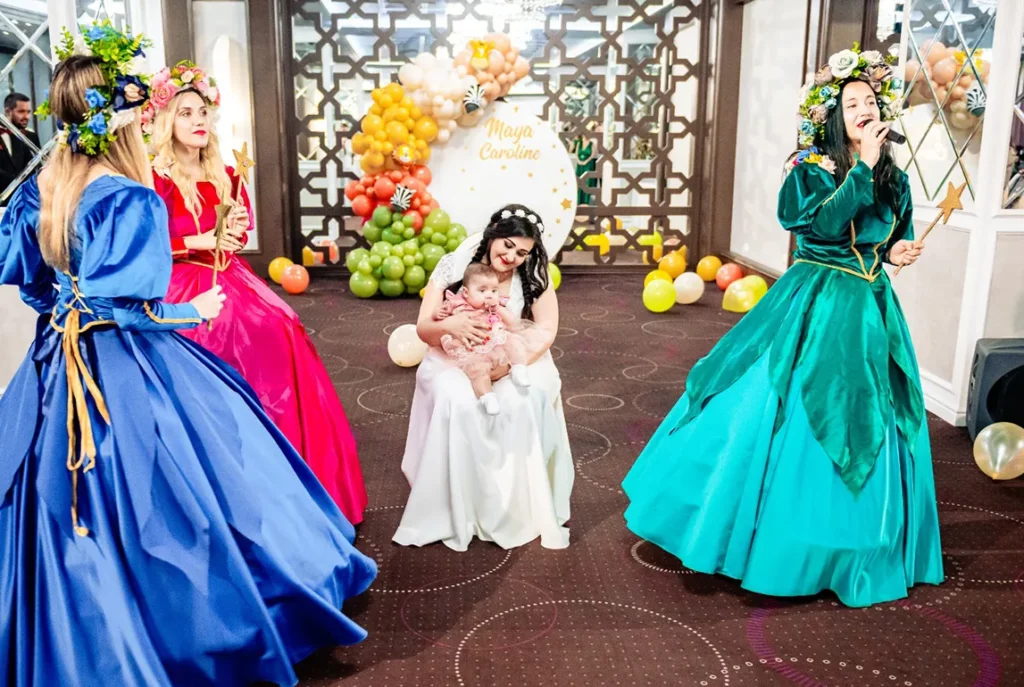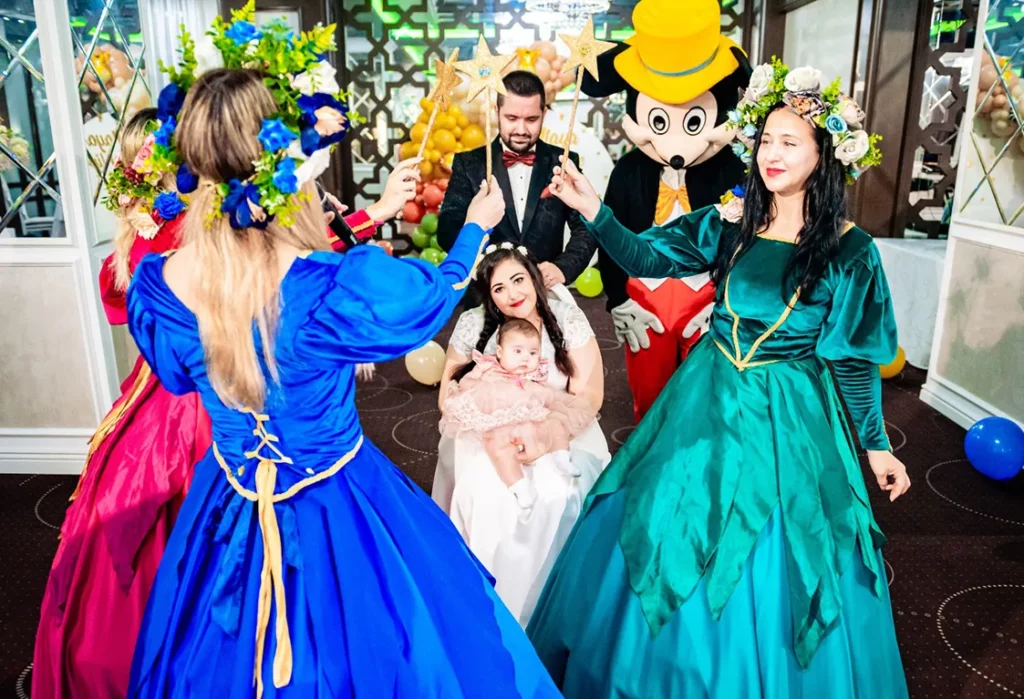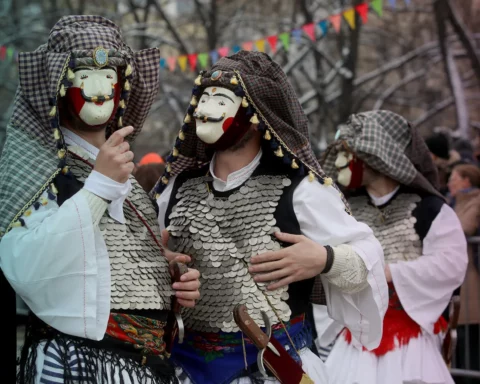With a centuries-old history, these beautiful young fairies, which go by the name of Ursitoare (or Fate), are believed to be in charge of shaping, either for good or for bad, the course of a baby’s life (Romanians like to believe that it is usually for good). The three “Romanian Moirai” are nicknamed Ursitoarea (Fate), Destiny, and Death, and they are expected to make their appearance in the first week of the baby’s birth when the clock strikes midnight of an odd night. Regardless of this very specific schedule, no one has ever seen the Fairies before, despite Romanians’ adamant desire to meet the life weavers.
Ursoitare food – bread or chicken
The coming of the Ursitoare was considered a joyful event, expected both by the parents and by the midwife. Their arrival was much awaited and preceded by great preparations that were meant to cheer the fairies so that they may cast their most beautiful and happiest blessings on the baby.
Depending on the region, Romanians would meet the fairies from afar with salt and bread or set up an entire dinner with chicken, wine, and even money on the side. One may argue some welcomed them into homes in a very pompous style as an attempt to “buy” their baby a “better” future.


However, Romanians are very hospitable people, and it only makes sense they would welcome the magical creatures in the same spirit. It definitely, absolutely, and certainly did not have to do with their capacity to influence one’s life – not at all. In fact, some other regions offered as a welcoming gift a simple lit candle, and there’s no record showing a lower attending rate of the fairies in those places. Of course, there are no records at all, but Romanians don’t like to risk it, so much thought and preparation goes into welcoming the baby’s fairies.
Flour for the newborn
For the longest time, Romanian mythology stated that the Fairies and villagers would not live in secrecy from one another and that, if closely listened, parents or midwives could actually hear the fairies working their magic. But curiosity killed the cat, and once the midwives discovered this loophole, it was no longer possible to secretly witness the fairies. However, this did not stop the Romanians in their quest to prove the appearance of the magical creatures, and they invented other ways to ensure the special visitors did not skip their household.
For example, they would sprinkle flour on the baby’s room floor. This way, they would check for footprints in the flour and determine whether or not the majestic Ursitoare have shown up. If the fairies thought their magical presence would forever remain a mystery, they’d be doomed to find out Romanians got them with the help of some darn flour.
In modern times, people seldom believe in the Ursitoare or wait for their appearance. Moreover, what was hundreds of years ago a pagan celebration is today a very profitable commercial activity. Forget about the flour on the floor – you can now hire young ladies to act and perform as the magical Ursitoare at your baby’s christening. I’m afraid you will still need to pay for the service, though, as a simple candle would not do for these 21st-century fairies.







